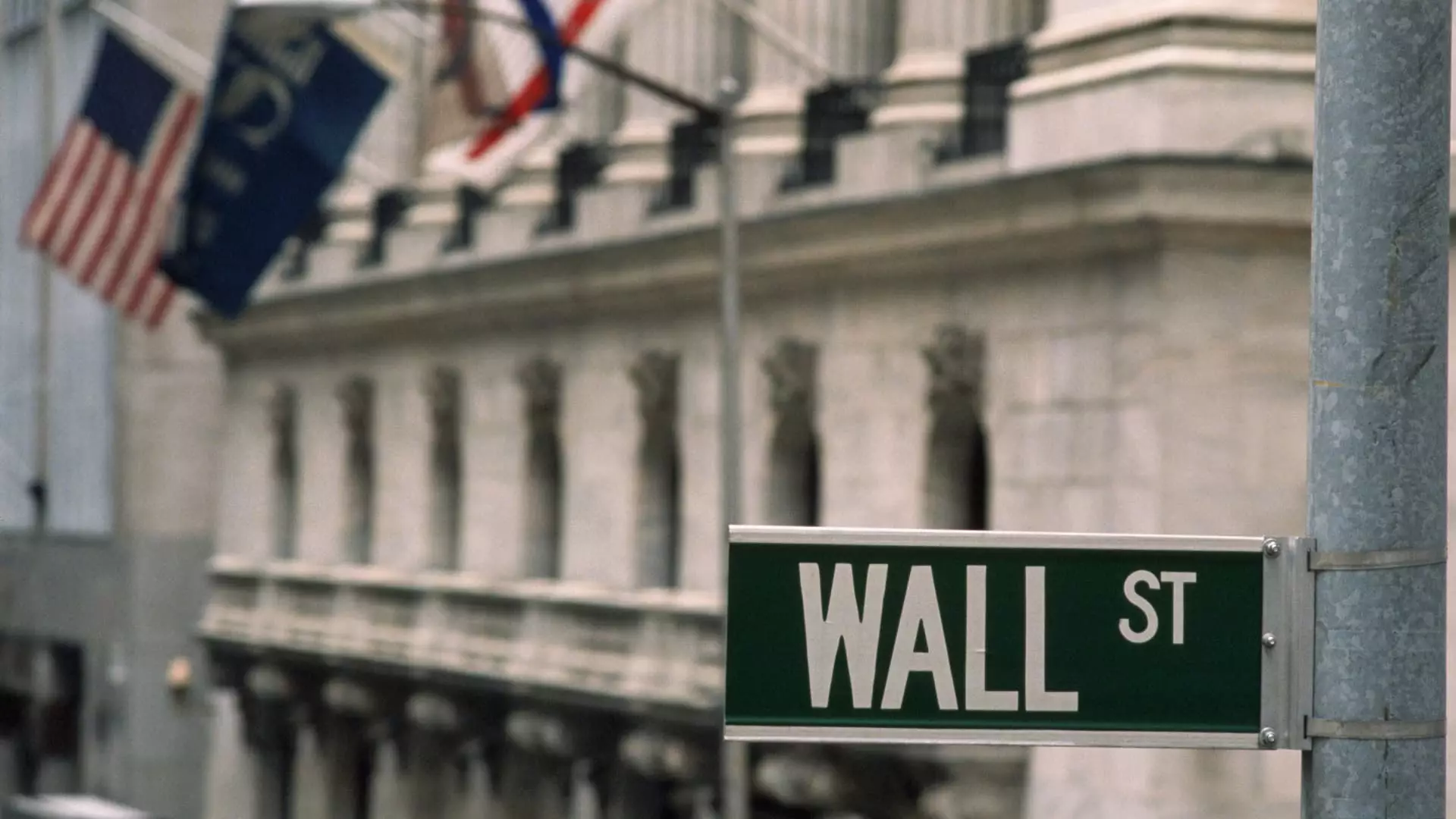As we step into 2025, the initial public offering (IPO) market is under scrutiny, with several companies making their public debut. Yet, despite these numerous launches, the market response has been notably lukewarm. Understanding the dynamics driving this trend is essential for investors and market analysts alike. Key figures like Nasdaq’s president Nelson Griggs share insights on the potential for a resurgence in this sector, positioning it as a pendulum oscillating between public and private investment waves.
The past few months have seen more than a dozen companies take the plunge into public markets, yet the enthusiasm has not matched the activity. Griggs asserts that while the first half of the year may seem sluggish, there are indications of increased activity. His perspective suggests a cautious optimism, positing that the latter half of the year could witness a stronger uptick in IPOs. This optimism is grounded in historical trends where sustained periods of limited capital use in public markets naturally lead to a backlog.
However, not all companies are enjoying a smooth ride toward public trading. For instance, Panera Brands has encountered persistent hurdles in its public offering journey, indicating that the IPO process can be fraught with complications and varies significantly from one company to another. Similarly, entities like Twin Peaks, which recently began trading as a spinoff of Fat Brands, highlight the various strategic motivations behind going public, such as debt repayment, rather than aggressive growth pursuits.
The current landscape presents a dual narrative. While there is a growing list of companies poised to go public, many are still choosing to remain private, particularly in sectors such as technology and artificial intelligence. Notably, firms like OpenAI continue to secure substantial funding in private markets, potentially diminishing the allure of going public. This phenomenon underscores a shift in how emerging companies view liquidity; the private sector has adapted to provide ample capital without the need for a public offering.
Griggs points out this trend and emphasizes that while private investment innovation has allowed for increased liquidity, the need for deep and sustainable liquidity remains vital. The traditional allure of a public offering—access to broader capital markets—still holds weight for many companies despite the advantages offered by private funding routes.
In light of these complexities, the future of the IPO market appears to hinge on several factors, including investor sentiment, market conditions, and the evolving needs of businesses. Griggs’ observations suggest that while the landscape may have changed, the fundamental desire for growth and stability through public funding won’t dissipate entirely. The interaction of public and private investment will likely continue to evolve as firms assess their strategic options.
Concluding this assessment, it is clear that while 2025 has started on a note of hesitance for the IPO market, there are numerous underlying dynamics poised to influence a resurgence. The anticipation of activity surging in the latter part of the year remains a hopeful prospect for stakeholders observing this crucial segment of the financial markets.

